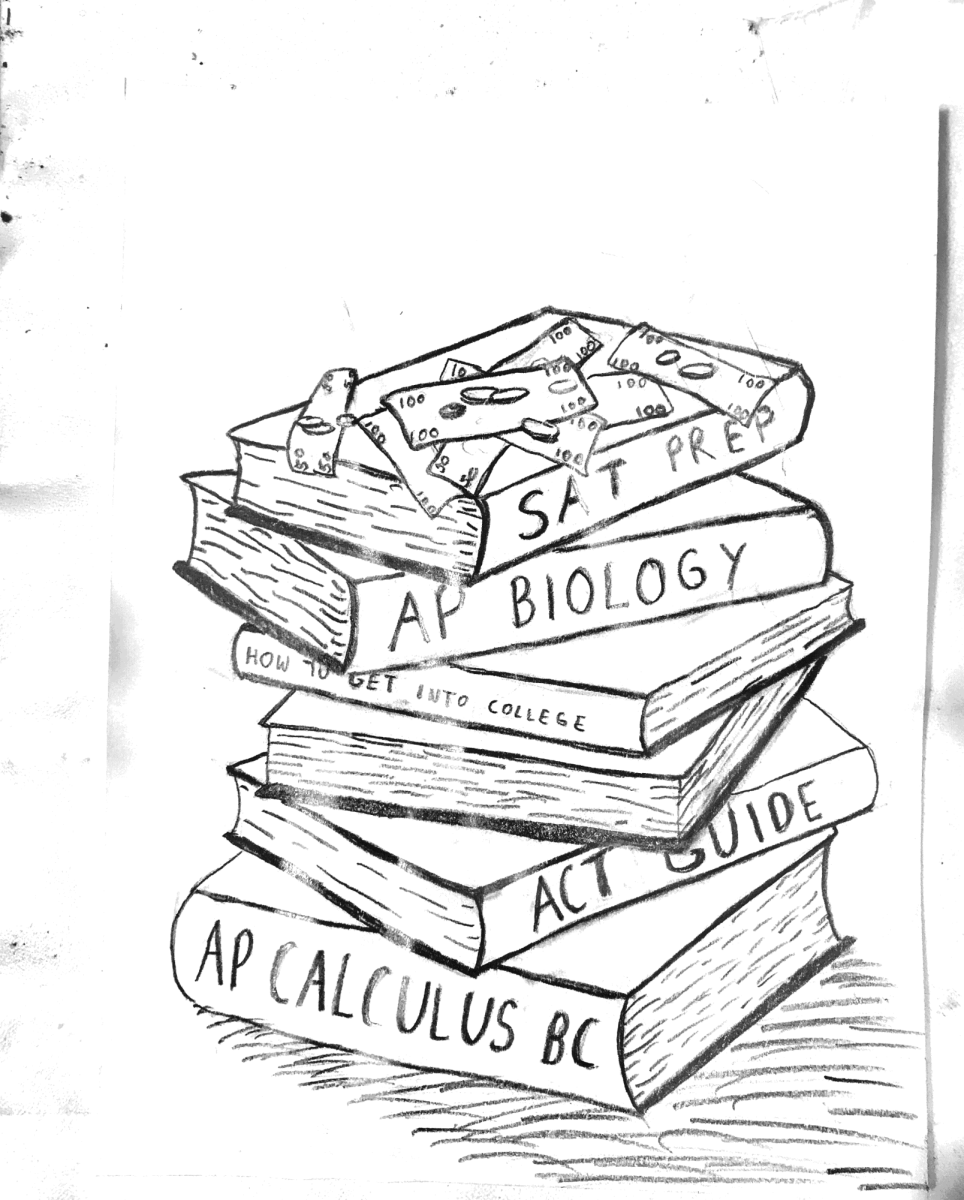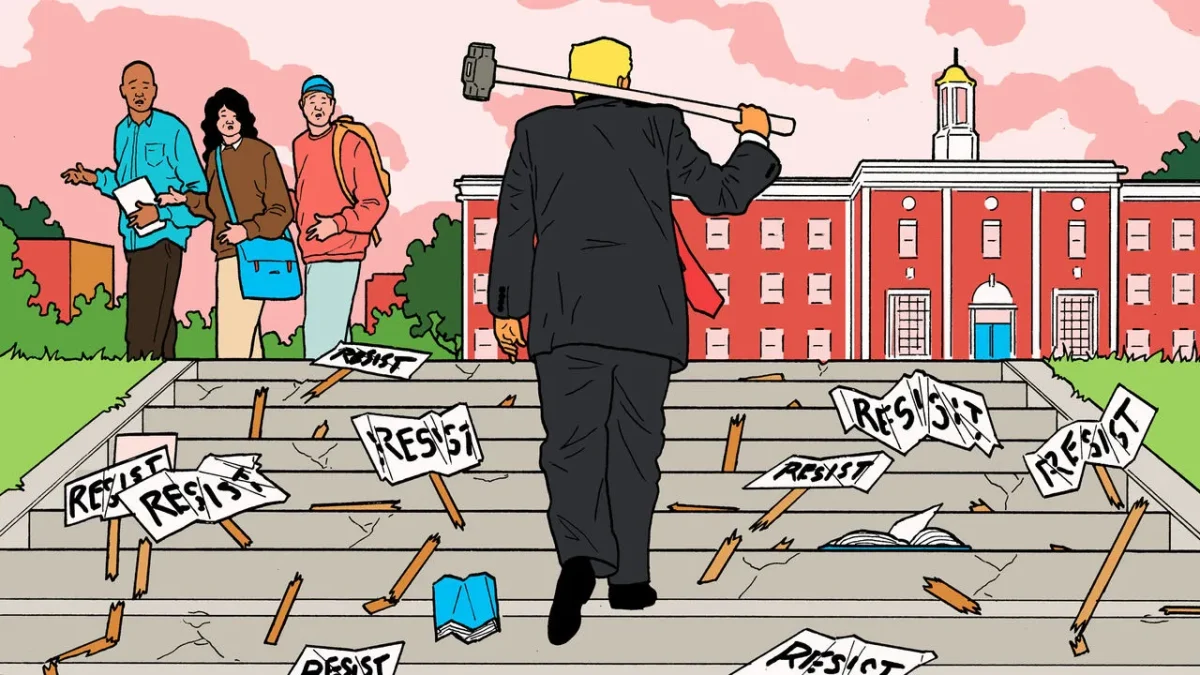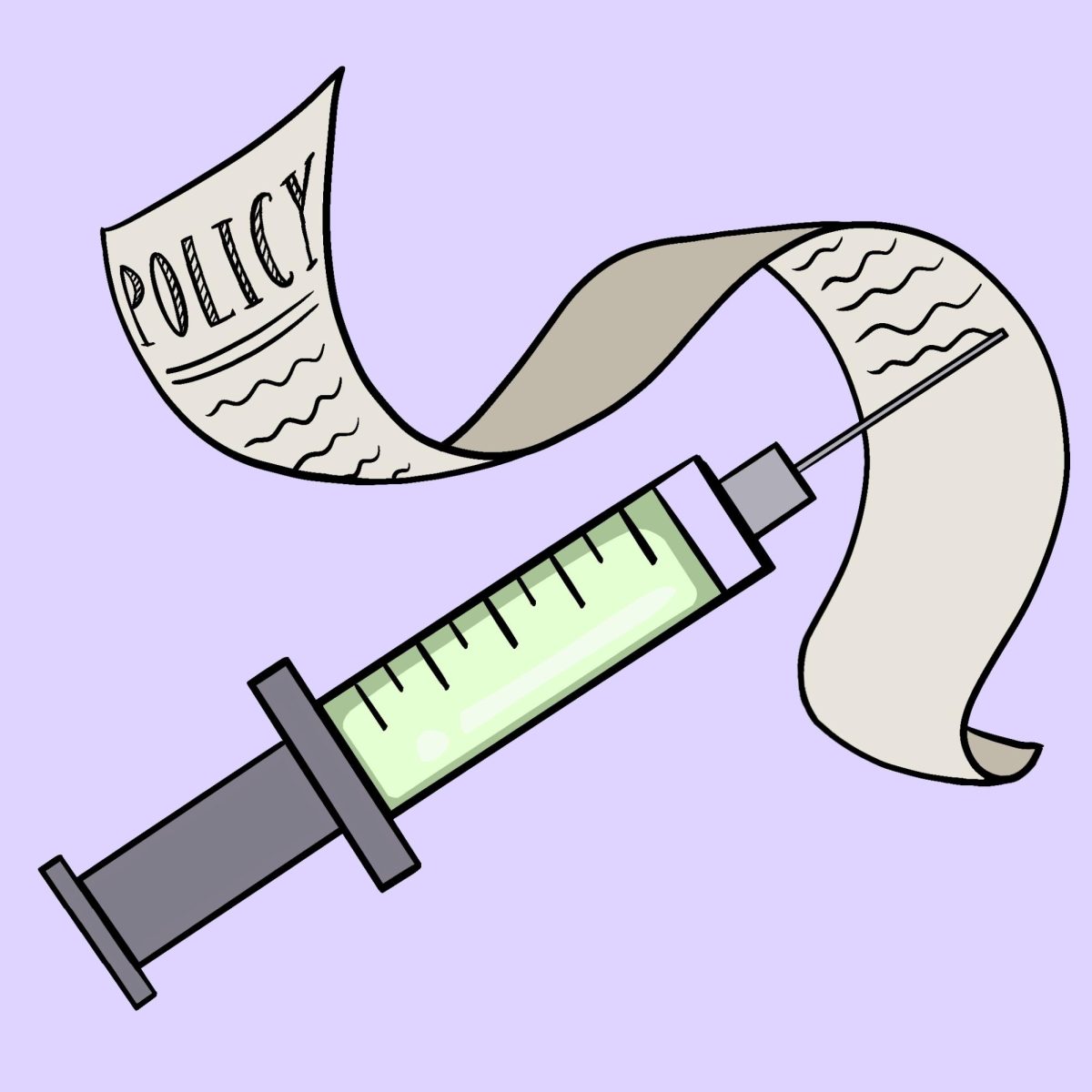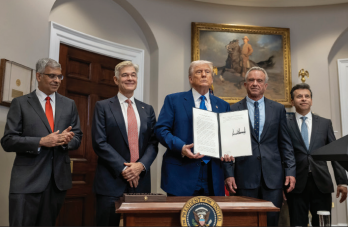In the pursuit of higher education, every student should have an equal opportunity to succeed; however, the reality is starkly different. Socioeconomic disparities continue to shape the field of college preparations, particularly evident in access to resources such as SAT tutoring and private coaching. These inequalities not only perpetuate existing social divides, but also hinder meritocracy: the idea that a student’s potential—not their economic background — should determine their academic trajectory.
In the United States today, this is all the more important considering the Brookings Institution found in 2023 that, “Of students in the top quintile for socioeconomic status, 88.9% attended college, compared to just 51.2% of students in the bottom quintile— leaving a nearly 38 percentage point gap.”
One of the most glaring gaps lies in SAT preparation. The SAT, as any high schooler has come to know, is a standardized test widely used in college admissions and a significant factor in determining a student’s acceptance into their desired institution. Students from higher-income families often have the means to invest in expensive SAT prep and study materials; these resources provide tailored strategies, personalized attention, and comprehensive study plans, significantly enhancing students’ chances of achieving higher scores. Coaches not only provide academic support but also offer mentorship, guidance on college applications, and access to valuable networks. Contrarily, students from low-income households lack access to such resources due to financial constraints, placing them at a significant disadvantage. For example, some coaching services rival prices of private school or university tuition, with certain programs requiring up to $71,000 per year. Students from low-income backgrounds may not be aware of such services, let alone be able to afford them.
On that same note, college admissions processes often prioritize extracurricular activities, community service, and personal statements—areas where affluent students again have the upper hand. They can afford to participate in enriching extracurricular activities, attend prestigious summer programs, or even take a gap year for personal growth experiences. By contrast, students from low-income backgrounds face financial constraints that limit their opportunities for such endeavors, further hindering their competitiveness in college admissions. For instance, they might have limited time to pursue extracurricular activities due to working jobs to support their families financially. Additionally, students from low-income backgrounds may not be aware of certain opportunities like internships or research programs, that are often accessed through family connections or costly networking events. It is also important to take into account that these students can lack technology and internet connectivity at home, making it challenging to take advantage of online study resources or even virtual extracurricular activities that their more well-off peers readily have access to.
Ultimately, bridging the gap in college preparations due to income inequality is not just a matter of fairness; it’s an investment in a more equitable and meritocratic society. By ensuring that all students, regardless of their economic background, have access to the resources and support they need to succeed, we can create a future where opportunity is truly equal and talent knows no bounds.
This article also appears in our April 2024 edition.







